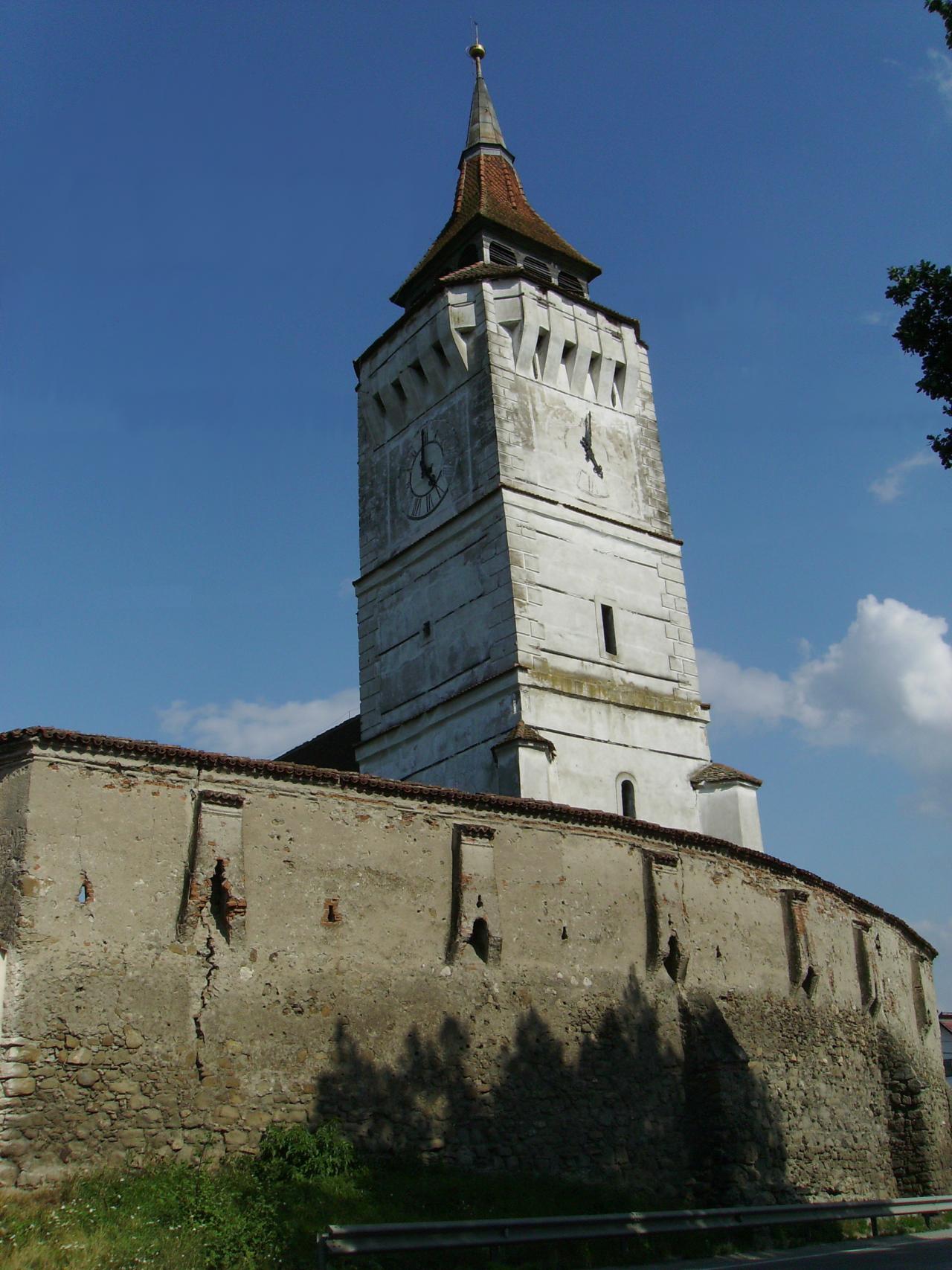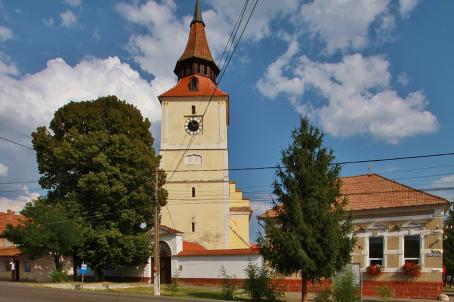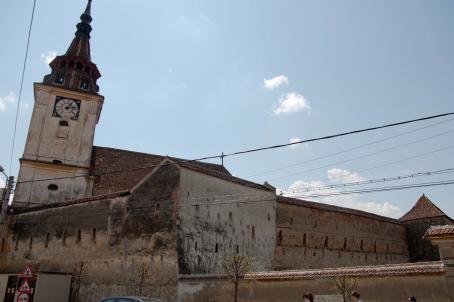Rotbav Fortified Church
The small Romanesque hall church erected in the 13th Century with square chancel, apse and western tower was fortified in the 15th Century. The walls of the tower were strengthened and a parapet walk was built and it was provided two centuries later with a mighty machicolation. Even the curtain wall with loopholes and machicoulis was built in the first fortification phase. No remains have been preserved from its gate tower and the parish house later replaced the eastern side. The roof of the tower is inspired from the bell tower of the Black Church in Brasov and was built after a fire in 1738.
The chancel with domical vault and the nave with flat ceiling are furnished in Baroque style. Valuable are the backless benches of the women whose beams are joined together with a single dovetail and the clock built by the company Zachariä from Leipzig, which was impeccably maintained. The clock got lost when the tower collapsed in february 2016.
About this building
For more information visit on this building visit https://kirchenburgen.org/en/location/rothbach-rotbav/






